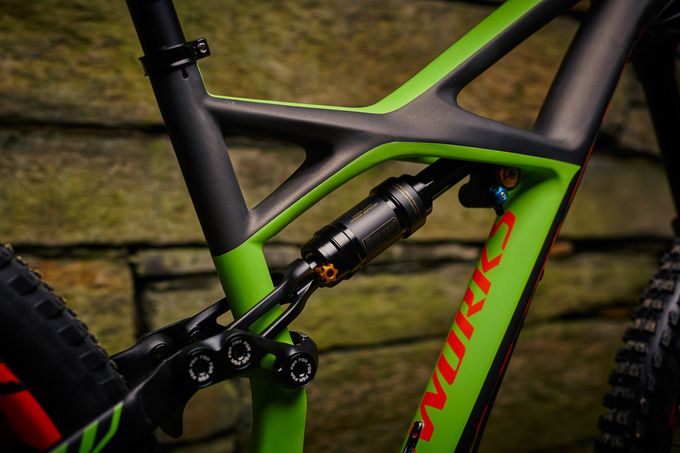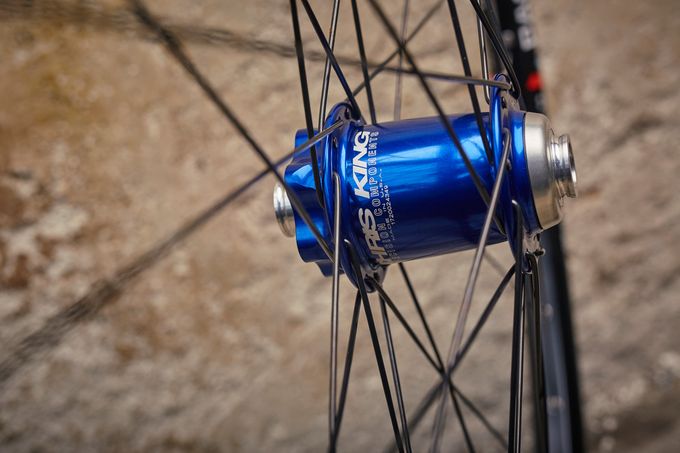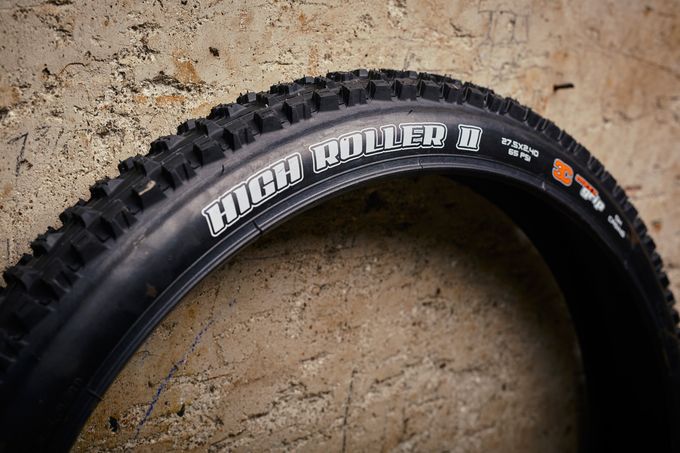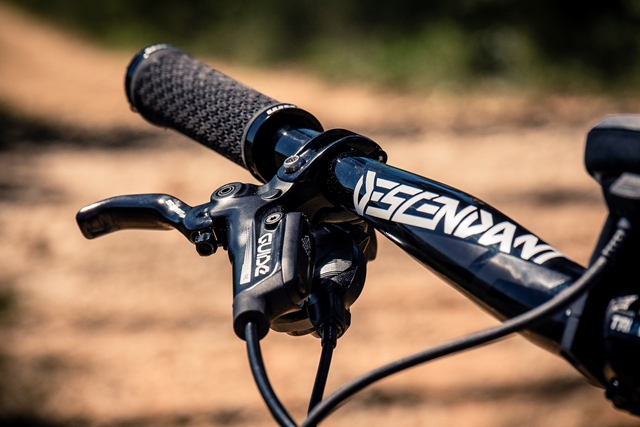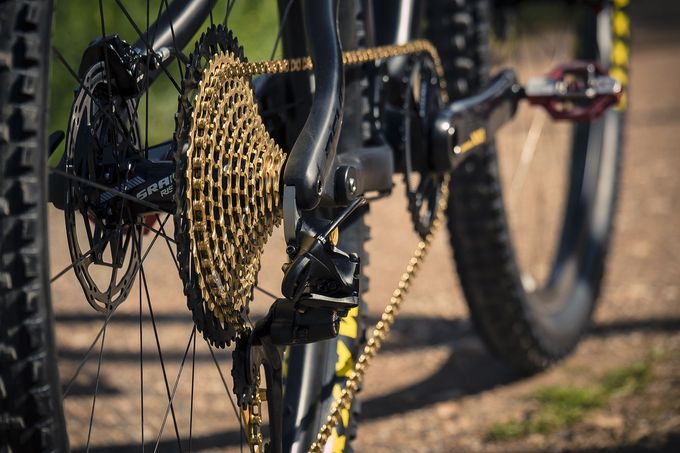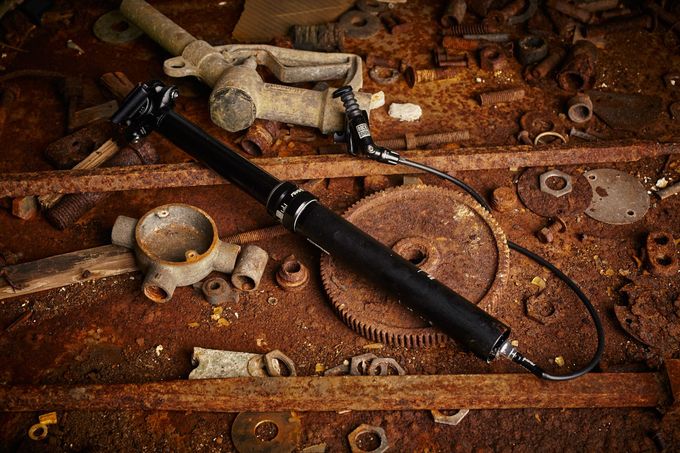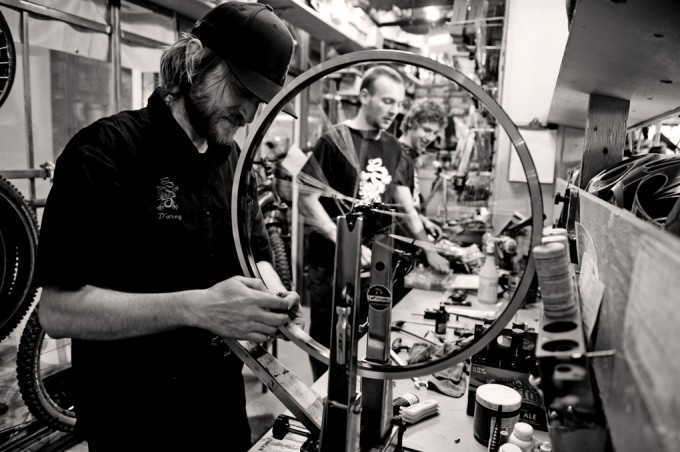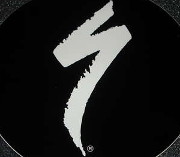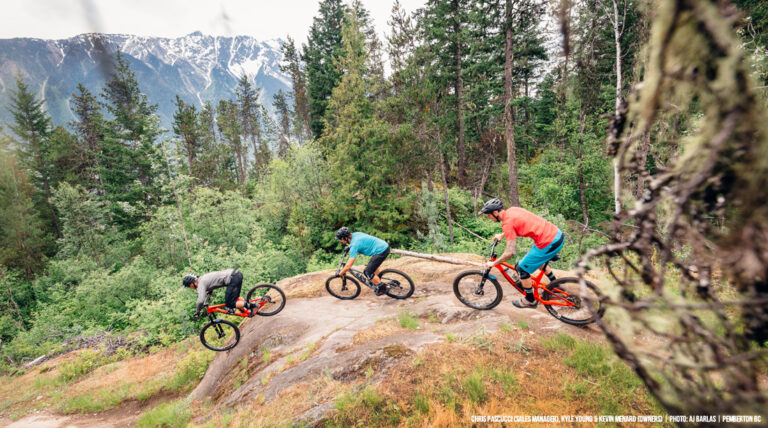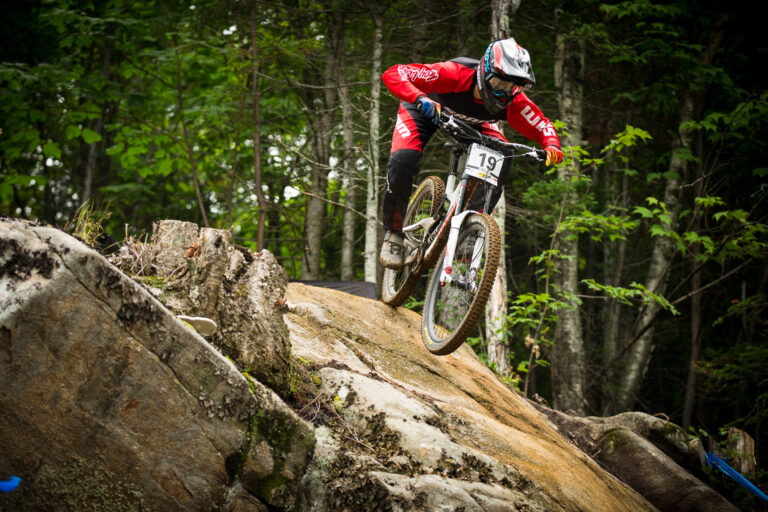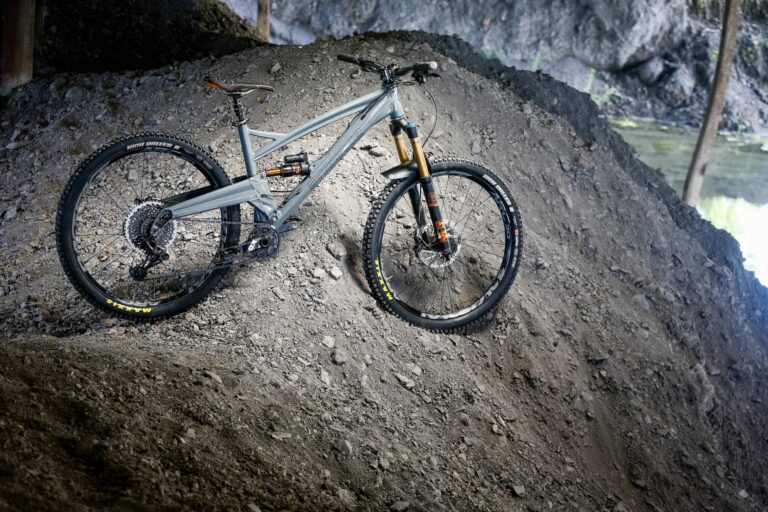Enduro racing is on the rise, both here in the UK and globally, and as such there is a huge amount of focus from mountainbike manufacturers in this area. We guide you through the tech, travel and wheel sizes.
Words: Sean White Photos: L.Crossman-Emms, B.Winder, S.Jones, M.Rose.
WHAT IS AN ENDURO BIKE?
Once named ‘all-mountain’ bikes, this category sits above the trail bikes category and below bikes specifically designed for downhill or freeride use. Enduro racing focuses on timed technical descents (on near DH level terrain) with untimed transfer sections where you climb to the start of the next stage, so these bikes take qualities and characteristics from both of these two categories.
The bikes for this type of riding need to be capable of descending with great stability, good manoeuvrability, have plenty of well controlled suspension travel and attacking geometry – all essential to boost your confidence and keep you within your limits of control. They also need to climb well though, so an enduro bike needs to pedal efficiently, be geared correctly and ideally have a low weight. It’s a lot to pack in.
Geometry needs to be focussed on the job in hand, with good weight distribution, balance and handling in the steep and nasty stuff, yet not too lazy when pressing on in the faster undulating singletrack sections.
Suspension travel will be around the 170-160mm front and rear with a 27.5”/650B wheel and 150-155mm with a 29”- with air springs front and rear in most cases, keeping weight low and letting you fine tune spring rates with ease. Damping needs to be well controlled and adjustable, with compression lock-out to aid pedalling efficiency on long climbs.
Careful set up is needed to get the best out of your bike – bars/stem, tyre choice and pressures, suspension and saddle height will all contribute to getting the best from your enduro bike, whether up, across or down the hill.




